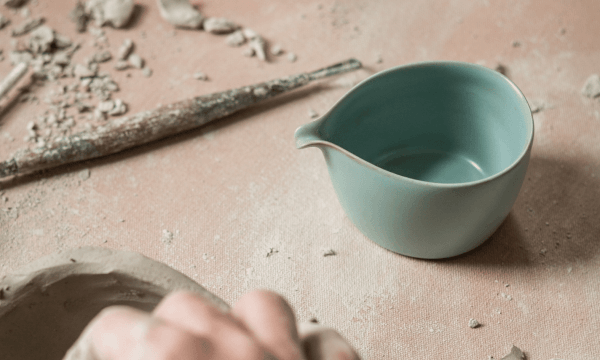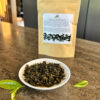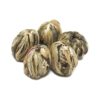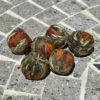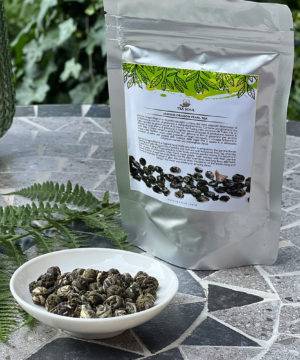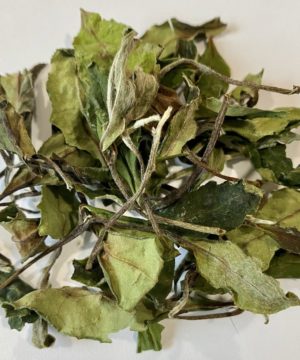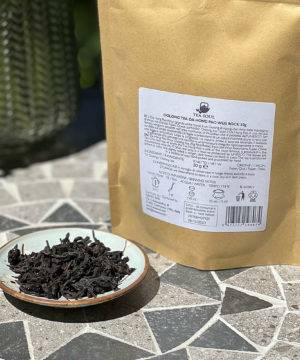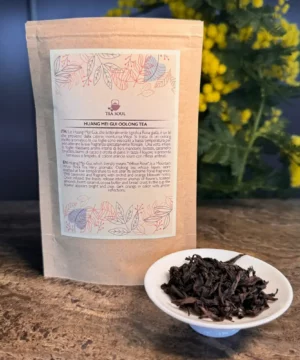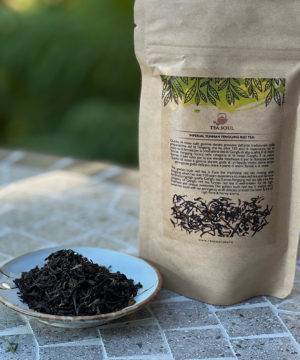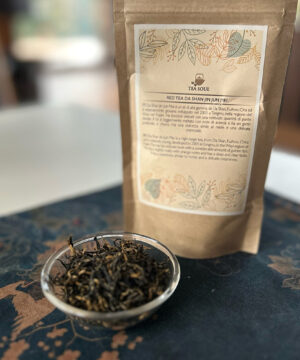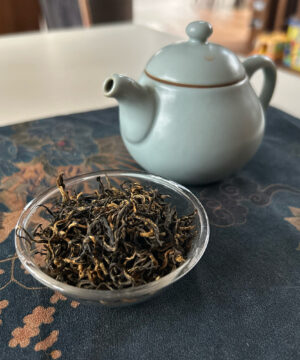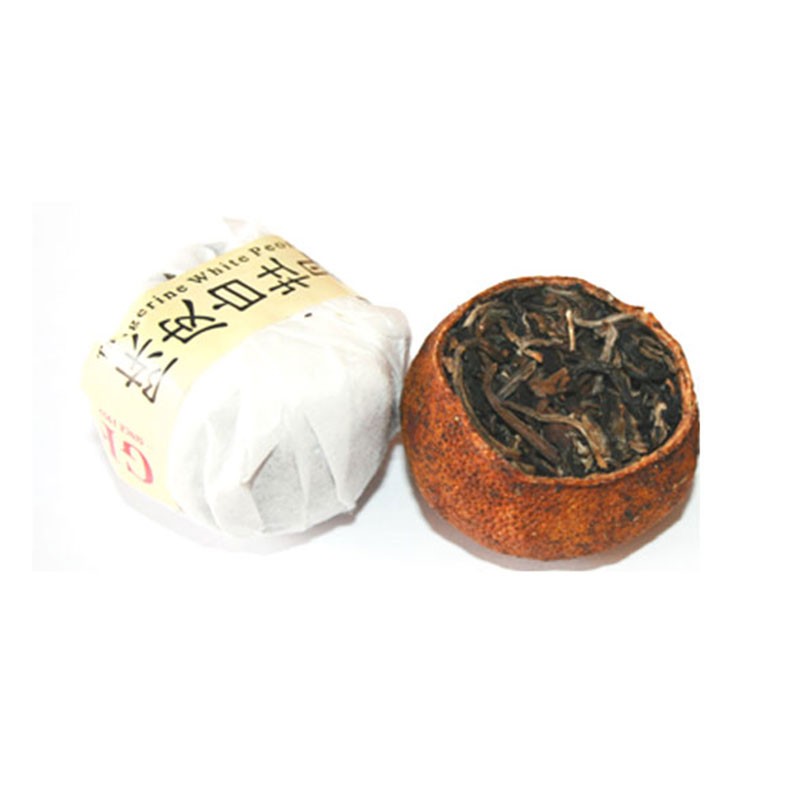

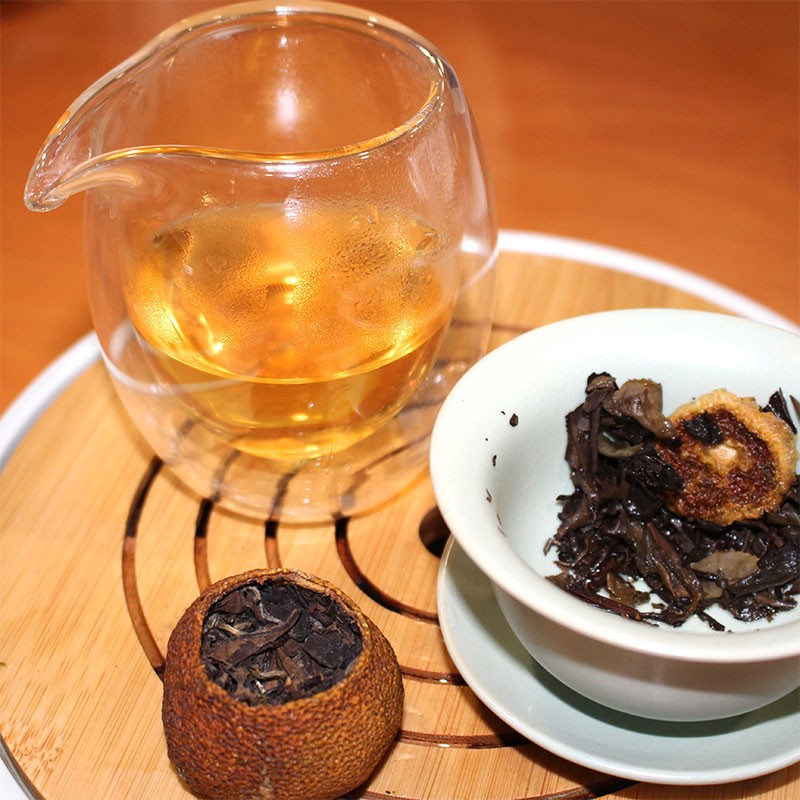

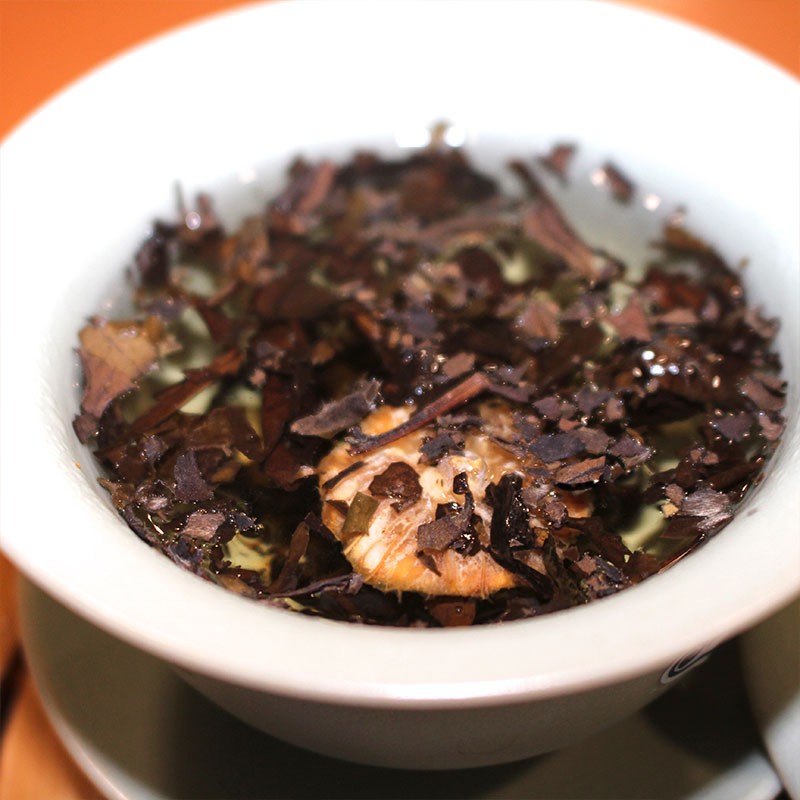

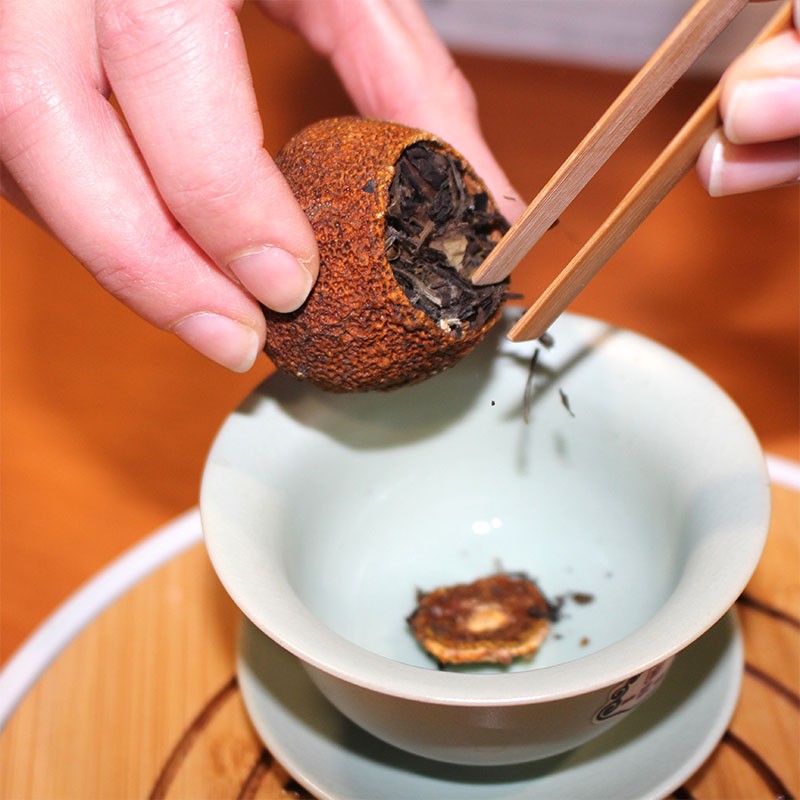

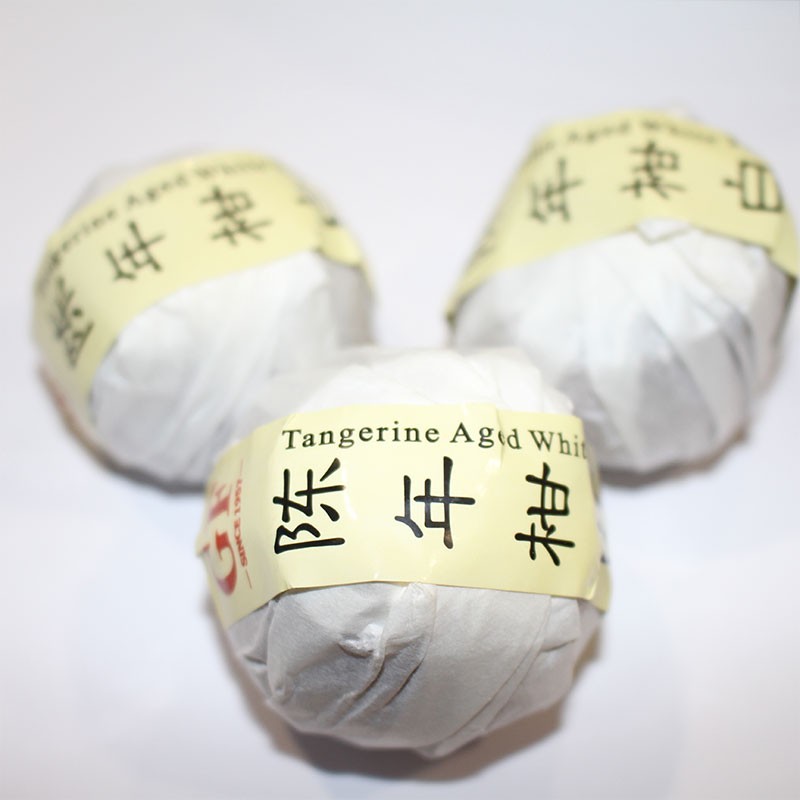

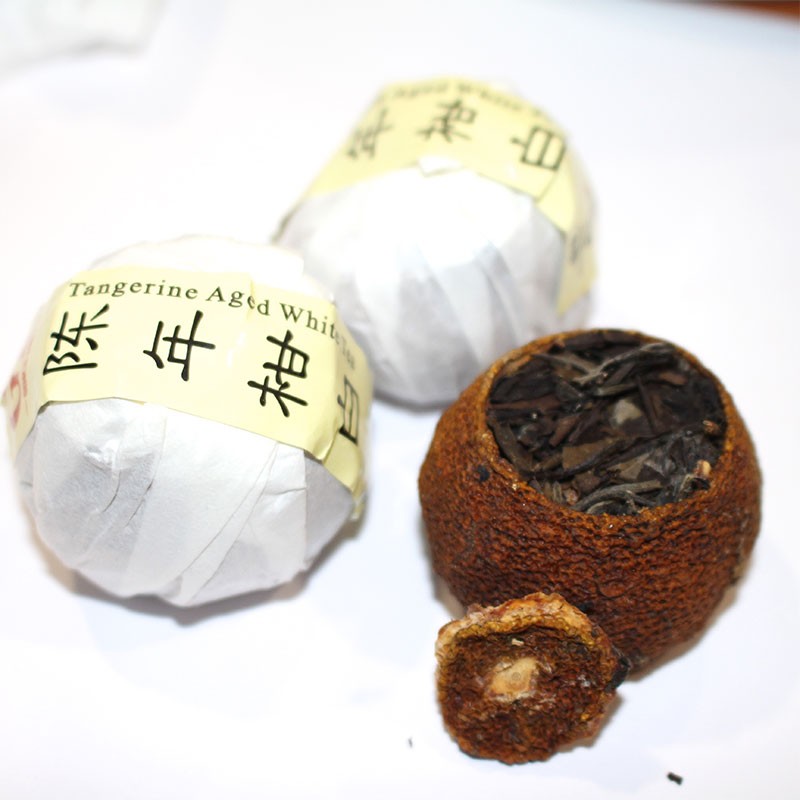

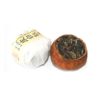

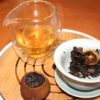

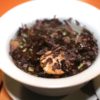

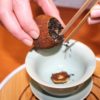

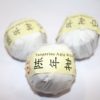

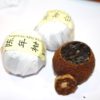

White Tangerine white tea in tangerine peel
10.40€ Taxes included
White Tangerine tea is a good proposal to begin approaching the flavors of an aged white tea. The natural aroma of the tea, sourced from the Fuding area, is enhanced by the pleasant citrus taste of Chinese mandarin, which enveloped these leaves during their final ripening and drying.
SKU: te-bianco-white-tangerine-in-buc
Categories: Tea, White tea, TrovaPrezzi, REGIONS, Fujian China
DON'T MISS DISCOUNTS AND NEWS!
Subscribe to our WhatsApp channel and receive all updates quickly and conveniently!
Subscribe to our WhatsApp channel and receive all updates quickly and conveniently!
White Tangerine white tea is a product that can demonstrate how tea flavors can evolve over time and even interact with the elements with which it comes into contact. The white tea that forms the basis of this product is a Bai Mu Dan from the Fuding area (Fujian province), the leaves and buds of which were placed inside the peel of a Chinese mandarin immediately after production.
This type of choice puts the leaves in an optimal situation to age, as they were quite compressed together in a natural envelope made from the tangerine peel. Moreover, the rind of this fruit not only has a containing function but also yields some of its aroma to the tea, which over time manages to make this characteristic its own by integrating it among its flavors.
Tasting the liqueur,one can sense how the white tea managed to absorb the hint of citrus left by the tangerine without losing its basic flavors: in fact, in addition to the citrus scent, there is a very persistent honeyed sweetness in the aftertaste that is typical of a mature white tea.
Tasting – Sight and smell
White Tangerine tea, dried and pressed inside a Chinese tangerine peel, has dark-colored leaves, with shades ranging from brown to mahogany and reddish brown, with clearly visible silver buds. The brew releases citrus notes of kumquat, honey and herbs on the nose, as well as hints typical of an old-fashioned pharmacy. The liquor in the cup is a beautiful golden color turning to amber, with a rather light body and round on the palate.
Tasting Notes
GONG FU CHA
The first infusion of White Tangerine tea in tangerine peel, after an initial hint of citrus, brings with it a very soft sweetness of orange honey and delicate notes of mountain flowers. It is with the second infusion that the stronger kumquat notes emerge, accompanied by notes of vanilla and heather honey and hints of alpine and aromatic herbs such as thyme. The third and subsequent infusions have more acidity but always perfectly balanced by sweetness: in addition to the citrusy hints of mandarin and lemon balm, there is indeed a hint of cocoa, again with the sweetness of honey present.
WESTERN
White Tangerine tea has opening citrus notes of kumquat and tangerine, permeated by the sweetness of orange blossom honey. Secondly, notes of herbs and mountain flowers reminiscent of thyme, mallow and gentian are perceived. Surprising is the very sweet, almost vanilla cocoa note that comes immediately afterward. The closure is distinctive and reminiscent of a lemon candy: in fact, a sugary acidity sensation pervades the palate, leaving a pleasant sweet and citrusy taste that lingers for a long time.
Place of origin
Fujian, China
White Tangerine white tea production
The white tea leaves once harvested are left to wither in the sun for some time before moving on to the next stage, where they will dry naturally indoors or be aided with hot air jets. The processing of this tea is really very simple: the leaf dries very slowly after harvest, allowing a really low level of oxidation that does not alter the herbal flavors too much but gives more structure and body. Before the product dries completely, the leaves are placed inside the tangerine peel so that the two elements can attach together and finish drying at the same time.
How to prepare
We strongly recommend infusing White Tangerine tea in the traditional Chinese method (gong fu cha) to best enjoy these leaves. Following this preparation, 5 grams of leaves (about 3 teaspoons) can be used in a gaiwan of about 100 ml to make several infusions with different tastes. After a quick rinse of the leaves in water at 100°C, an initial infusion of 10 seconds can be made, and after that, keeping the water at the same temperature, the time can be increased each time by 10 seconds from the previous infusion (10 – 20 – 30 …).
This tea has a longevity of about 10 infusions.
To prepare the tea in the western style we suggest 3 grams of leaves (about 2 teaspoons) in a 150 ml cup with 100°C water for a steeping time of one minute and a half.
White Tangerine tea can be filtered for ease when tasting, and also the infusion times given here above are meant to be purely indicative so one can also adjust according to one’s personal taste.
Store in a cool, dry place away from direct sunlight.
| Weight | 0.000000 g |
|---|---|
| Dimensions | 0.000000 × 0.000000 × 0.000000 cm |
| Detail - Temperature | 100°C |
| PACKAGE | 250 g, 50 g, 500 g |
| Detail - Brewing | warming |
| Feature - Caffeine | High Caffeine |
| Preparation - Gaiwan | 5g-100ml / 10-20-30… sec / 10 brewings |
| Preparation - Mug | 3g-250ml / 90… sec / 2 brewings |
| Feature - Oxidation | Partial oxidation |
| Other - Origin | China |
| Other - Taste | Sweet/citrusy |
| Other - Instants | Drink |
| Season |
Still no Reviews for this Product
Related products
8.00€ Taxes included
Earn up to 30 points.
This product has multiple variants. The options may be chosen on the product page
9.20€ Taxes included
Earn up to 34 points.
This product has multiple variants. The options may be chosen on the product page
White tea
9.20€ Taxes included
Earn up to 41 points.
This product has multiple variants. The options may be chosen on the product page
Oolong tea
12.80€ Taxes included
Earn up to 110 points.
This product has multiple variants. The options may be chosen on the product page
Oolong tea
7.00€ Taxes included
Earn up to 21 points.
This product has multiple variants. The options may be chosen on the product page
Sale!
Puer tea
10.40€ Taxes included
Earn up to 38 points.
This product has multiple variants. The options may be chosen on the product page
TrovaPrezzi
11.50€ Taxes included
Earn up to 17 points.
This product has multiple variants. The options may be chosen on the product page





